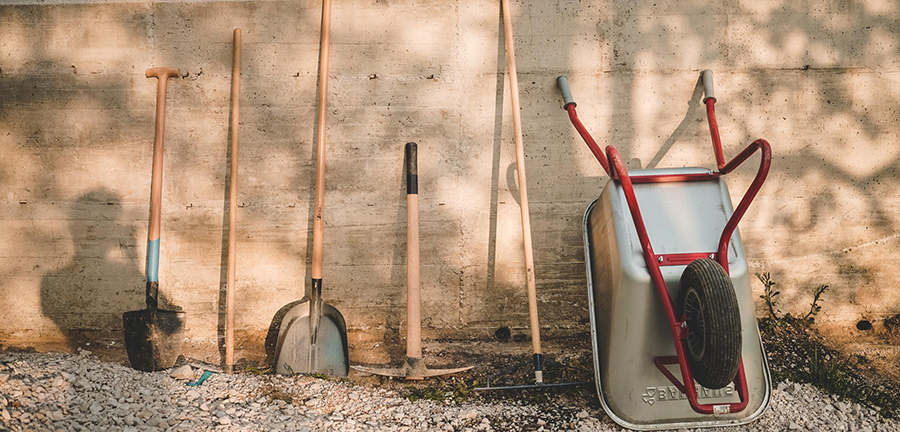When it comes to picking gardening tools, there’s one rule that rises to the top.
“You pay for what you get,” said Cindy Jeffers, manager of Landsystems Nursery in Bend. “There are a lot of tools out there that are inexpensive, but you really get what you pay for when you buy quality tools,” she said.
“Shop for quality rather than quantity,” said OSU Master Gardener Priscilla Robinson, who presented at a recent seminar. “Metal parts should be made of hardened steel or aluminum. These materials stay sharp, keep their shape and outlast tools that are made of softer metal.”
Also consider ergonomics. Test the grip and thumb positioning when it comes to pruning sheers or any other hand tool.
What are Jeffers’ and Robinson’s favorite gardening tools?
- The hori hori, a Japanese-style garden blade and spade offering multiple functions. “It’s a universal tool,” Jeffers said. “You can use it for so many different things, digging, cutting, measuring, and planting.”
- Hedge shears. Jeffers also likes hedge shears for their versatility. She uses them to cut back grasses, lavender and perennials.
- Felco # 2 pruners. For a universal cutting and pruning tool, they’re a favorite. “All the parts are replaceable and they’re a great and durable tool,” Jeffers said. It has a reinforced anvil blade, smooth cutting action and rubber handles provide comfort.
- Trowels. “[They] are one of the most versatile garden tools,” said Robinson. Look for one with a solid handle, steel blades and ergonomic hand grip.
- A garden fork. It’s indispensable for an in-ground garden to dig up root vegetables, break up soil and integrate soil amendments.
One’s choice of garden tools also depends on the type of garden, Robinson said. For in-ground gardens, it makes sense to select tools with longer handles, so that it’s comfortable working from a standing posture. “You might also consider a wheelbarrow to move dirt and soil amendments and consider knee pads or kneeling pads,” she said.
For raised beds, go for smaller tools or tools with smaller handles.
When it comes to gloves, there are many types and materials. Robinson suggests considering the primary task when choosing gloves.
“Gloves made from fabric or synthetic materials with a gripping texture are great for general gardening and weeding,” Robinson said. “But consider leather gloves for pruning, cutting and heavier tasks where you need to protect your hands and fingers.”
When it comes to digging tools, Robinson said look for quality heavy-gauge metal, a long shank to affix a sturdy handle made of wood or fiberglass to the blade.
Use common sense daily rituals to extend the life of your tools, Robinson said.
After each use, give tools a good cleaning before storing them. Scrape off soil and use a stiff wire brush to get them clean. Remove any rust with sandpaper. Remove sap with a solvent, such as mineral spirits, or a household foaming bathroom cleaner.
For shovels, hoes, forks and other metal tools, Robinson suggests keeping a 5-gallon bucket full of sand and pouring some motor oil in it and stirring it. “Plunge the tools in the sand a few times then wipe with a clean rag,” she said.
Wooden handles need to be cleaned with a damp rag. Remove rough or splintered wood with fine sandpaper and apply linseed oil to wooden handles.
“With a little care, your tools will last you a long, long, time,” she said.

